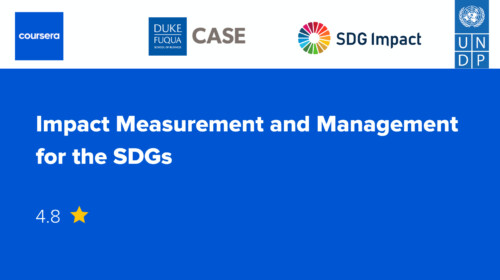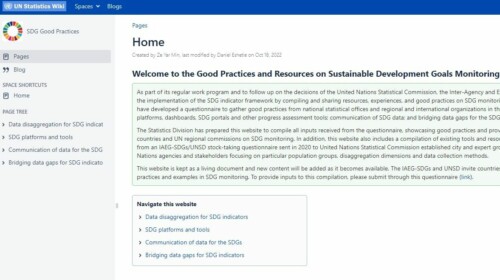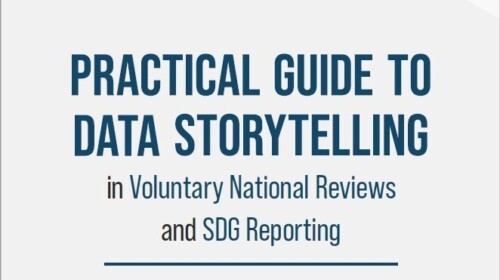With the adoption of the 2030 Agenda for Sustainable Development, the production of high quality disaggregated estimates of Sustainable Development Goal (SDG) indicators has taken greater significance. In this context, sample surveys are characterized by samples that are either not large enough to guarantee reliable direct estimates for all relevant sub-populations, or that do not cover all possible disaggregation domains. To address these issues, indirect estimation approaches such as small area estimation (SAE) techniques can be adopted.
The literature on the use of SAE in official statistics is broad and in continuous progress, yet the number of case studies on SAE methods applied to SDG indicators can still be expanded. After a brief review of the main SAE approaches available along with their principal fields of application, the present paper published in the Statistical Journal of the IAOS aims contributing to fill this gap by presenting a case study on SAE to produce disaggregated estimates of SDG Indicator 2.3.1, measuring average labour productivity of small-scale food producers. The discussed empirical exercise is based on a Fay-Herriot area-level SAE model, integrating survey data with area-level auxiliary information retrieved from multiple trustworthy geospatial information systems. Area-level SAE models have the advantage of being easy to implement and do not require accessing survey microdata and unit-level auxiliary information. These characteristics, jointly with the great potentials offered by modern geospatial information systems, offer the possibility of producing good quality disaggregated estimates of SDG indicators at high frequency and granular disaggregation level.








